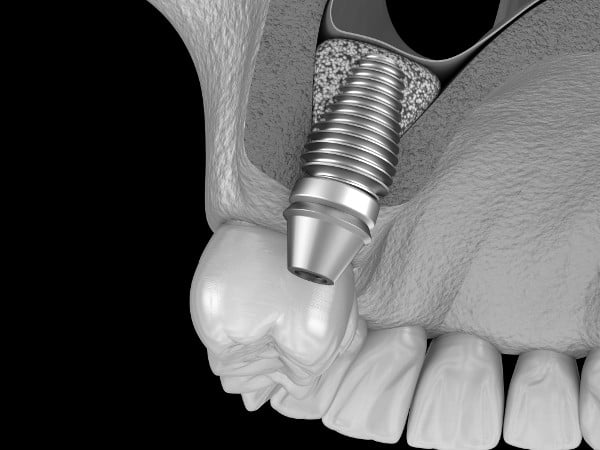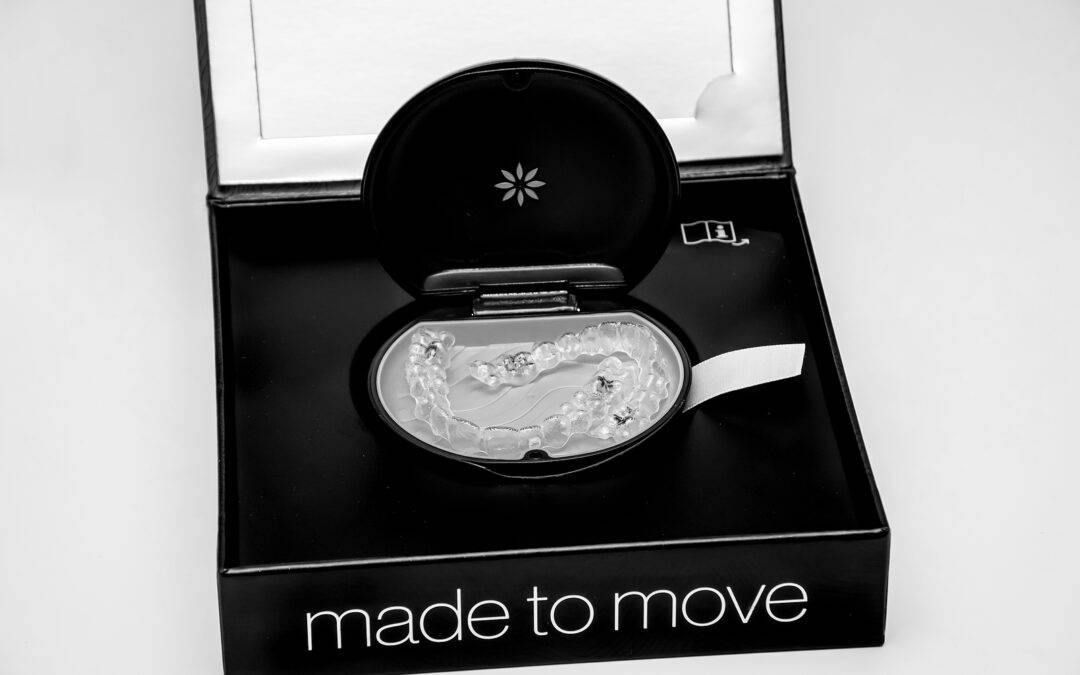You are probably wondering how something named “sinus” relates to dental implants, right? Well, the two go hand in hand because a sinus lift surgery has to be done first, in some cases, to allow for dental implants placement.
Typically, when someone loses their teeth, dental implants are used to help with artificial teeth replacement. A dental implant is made up of metallic, screw-like devices that are attached to the jaw bone. In some instances, a patient doesn’t have adequate bone in the upper jaw for the implant to be attached securely.
That’s when a sinus lift becomes necessary. And here’s all you need to know about the procedure:
What’s a Sinus Lift?
It is a surgery that’s used to add bone to the upper jaw in the area around the premolar and molar teeth. The process involves lifting the maxillary sinus membrane upwards to create space for the new bone placement. The maxillary sinuses are two small air-filled holes positioned below the cheeks on each side of the nose.
A sinus lift is also called a sinus augmentation. It’s done by a periodontist or oral surgeon.
When Is a Sinus Lift Necessary?
A sinus lift may be required when the jawbone in the upper jaw is not adequate for dental implants placement. Most people who have lost their upper back teeth often have a low bone mass for dental implant surgery. Plus, the upper jaw naturally has less bone mass than the lower jaw.
The upper jaw may have less bone because of bone loss over time. Periodontal gum disease, teeth decay, tooth loss, and even infections are all reasons for bone loss. A sinus lift may also be needed because the maxillary sinus is too close to the upper jaw to allow for dental implants placement.
How Is the Procedure Done?
First, the surgeon starts by assessing the upper jaw bone to determine how much bone is needed. They then cut the gum, and expose a small, oval opening in the bone. This is followed by a gentle push of the sinus membrane lining away and upwards from the jaw.
The surgeon then proceeds to place the new bone material into the space vacated by the sinus. The new bone may come from your own body – mostly the hip. Or it may come from a cadaver or an animal like a cow. Today, other special bone grafting materials are also in use.
Once the new bone matter is in place, the periodontist stitches the area and leaves it to heal.
What Happens After Surgery?
You can expect to experience a little discomfort after the sinus lift procedure. This may include swelling and slight bleeding in the mouth or nose. Avoid blowing your nose with force.
The dentist will give you some painkillers and antibiotics. You’ll need to revisit their office in 8 or 10 days for a check on your healing progress.
What Is the Expected Healing Time?
The new bone may take between four and nine months to develop fully. Your dentist will tell you what time you’re likely to take. Either way, the bone has to heal properly before the implants are inserted.
Schedule an Appointment!
If you want to replace your lost upper teeth, contact us today to schedule an appointment. We’ll assess your case and determine if you need a sinus lift bone graft!







